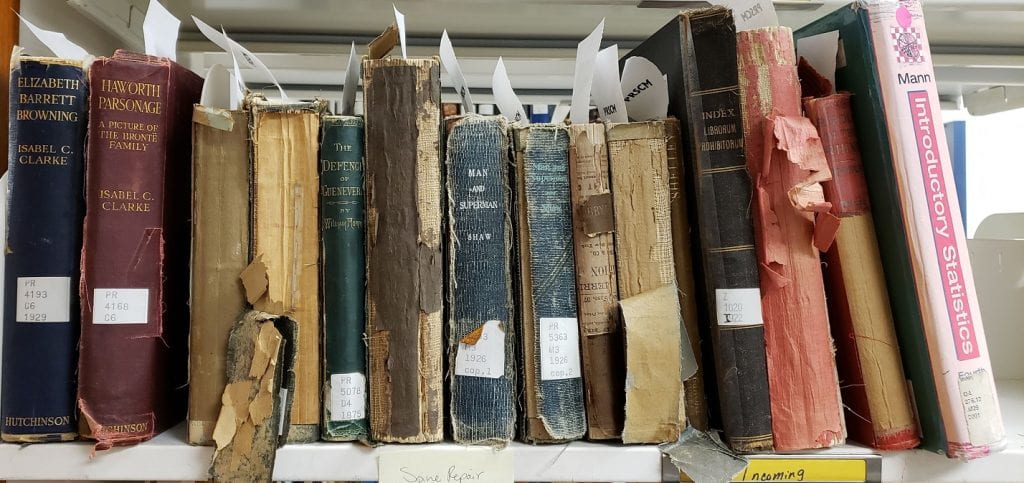Hey there, it’s been… a minute! Many things have happened with the Preservation Unit over the past year-ish. Let’s get caught up. The end of 2021: we found out Mullins Library Phase II renovations were slated to start in December 2022. Special Collections and the preservation lab were located on Levels 1 & 2, the…Continue Reading What’s New with Preservation?
What’s New with Preservation?






